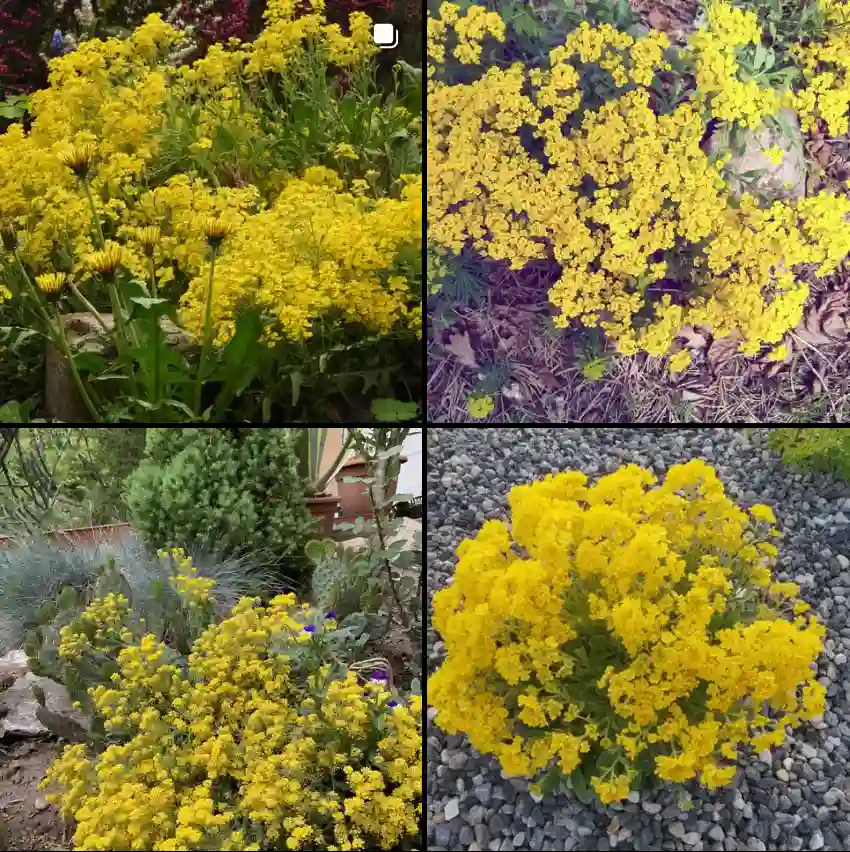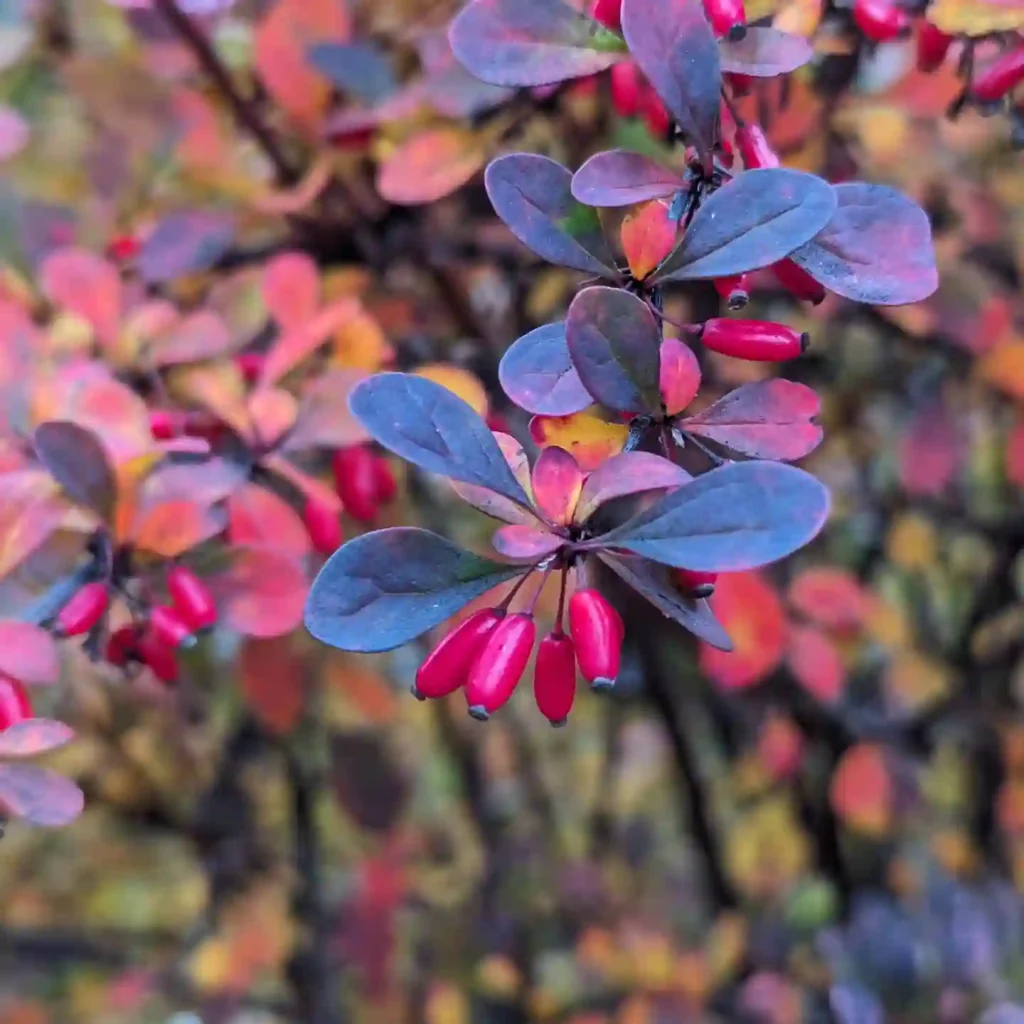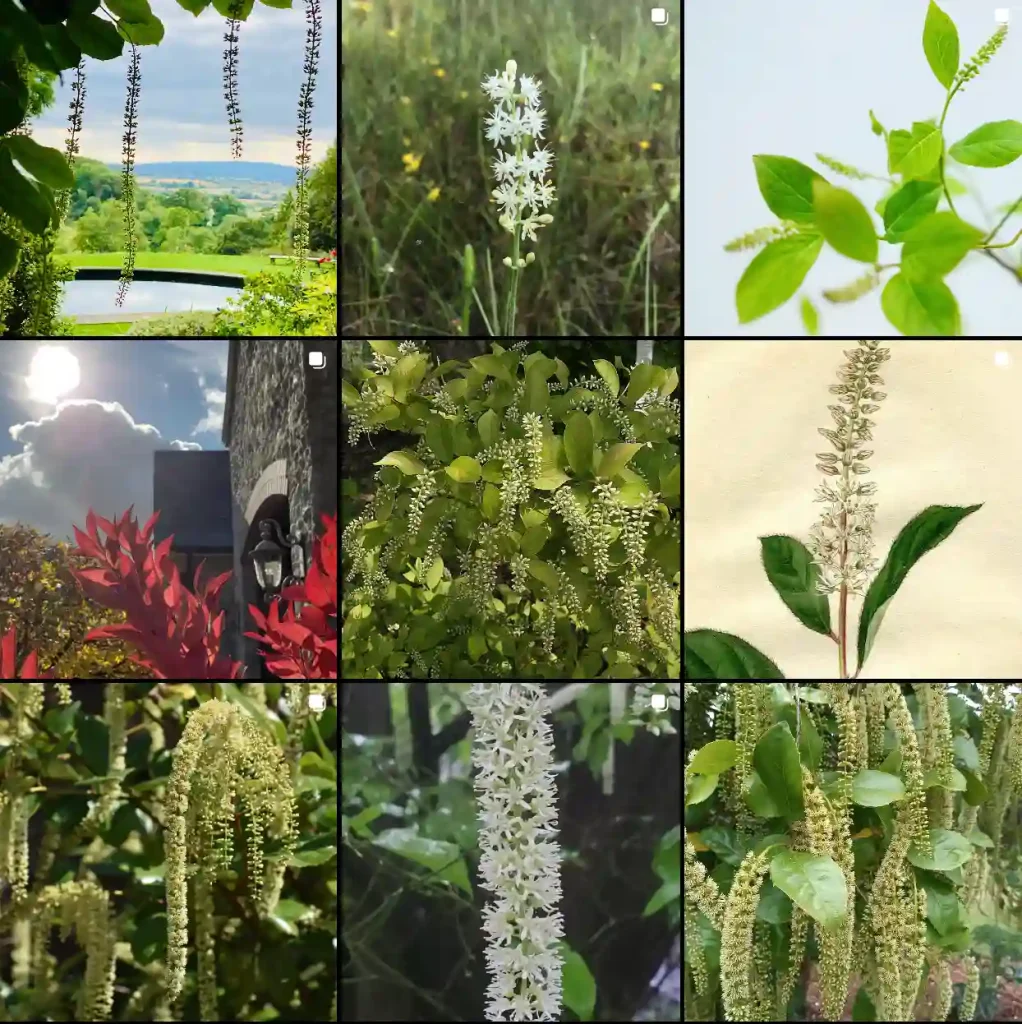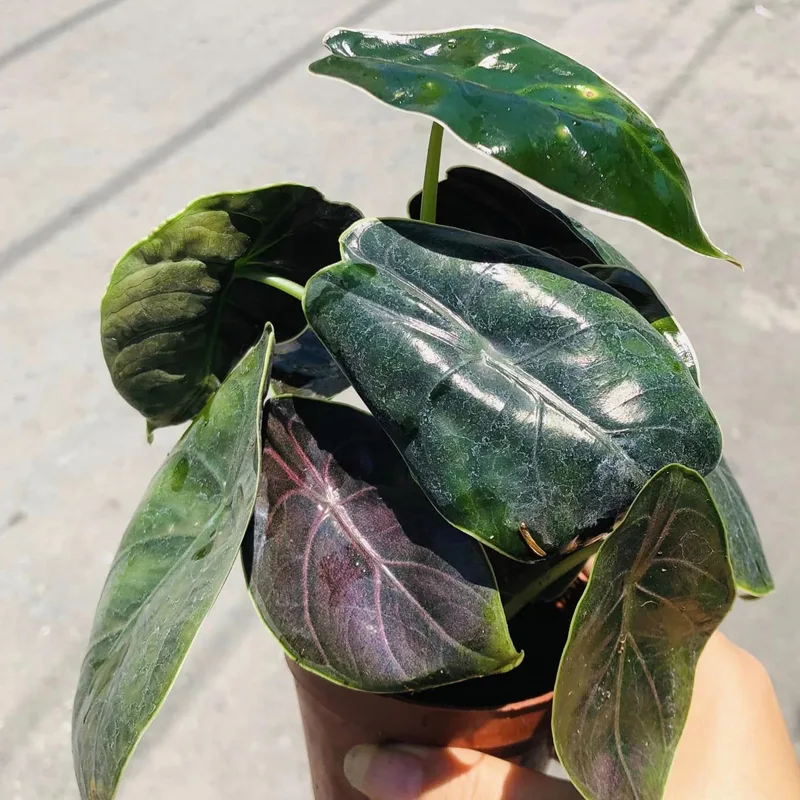Exploring the Fascinating Pennantiaceae Family: A Personal Journey
As a plant enthusiast, I find joy in uncovering the stories behind the plants that grace our world. One such family that has piqued my interest is Pennantiaceae, particularly the genus Pennantia. This small but captivating family offers a unique glimpse into the diversity of plant life, and I’d love to share my exploration of its members, their habitats, and their importance.
What is the Pennantiaceae Family?
The Pennantiaceae family is a lesser-known group of flowering plants. It is comprised primarily of the genus Pennantia, which includes several species. These plants are native to New Zealand and the surrounding islands, thriving in the rich biodiversity of these regions. One of the remarkable features of this family is its adaptability to various environments, ranging from coastal areas to more elevated terrains.
Discovering the Genus Pennantia
Pennantia consists of several species, each with unique characteristics. As I delved deeper into this genus, I was particularly fascinated by Pennantia corymbosa, commonly known as the “mānuka,” which has notable cultural significance to the Māori people. It is not just a plant; it is a symbol of resilience and adaptability. The leaves of this species are thick and leathery, allowing it to withstand the harsh conditions of its native habitats.
Characteristics of Pennantia Species
In my observations, the most striking aspect of Pennantia is its foliage. The leaves are often glossy, providing a beautiful contrast to the more muted tones of its bark. This glossy appearance isn’t merely for aesthetics; it plays a role in water conservation, allowing the plant to thrive in areas with varying rainfall.
I also noticed that the flowers of Pennantia are quite small and often overlooked. They bloom in clusters, which makes them appear more significant than they are. This characteristic is a reminder that beauty often lies in the details. The pollination of these flowers is crucial for their reproduction, and it fascinates me how such small blooms can have such a big impact on the ecosystem.
The Habitat of Pennantia
Exploring the habitats of Pennantia species has been an enlightening experience. These plants are typically found in subtropical forests and coastal regions. In my adventures through New Zealand’s lush landscapes, I was struck by how Pennantia often grows alongside other native flora, contributing to the rich tapestry of biodiversity.
One of my favorite locations was a coastal reserve where I saw Pennantia thriving in its natural habitat. The salty air and sandy soils provided the perfect backdrop for these resilient plants. I often found myself contemplating how these species have adapted to their surroundings over centuries, surviving storms, droughts, and human encroachment.
Importance of Pennantia in Ecosystems
The ecological significance of Pennantia cannot be overstated. These plants play a vital role in their ecosystems, providing food and shelter for various native species. I observed birds perched among the branches, finding refuge in the dense foliage. This interdependence is a beautiful reminder of how each species contributes to the health of the environment.
Moreover, Pennantia has been used in traditional medicine by indigenous cultures. The leaves and bark have been known for their medicinal properties, illustrating the importance of preserving these plants for future generations. In my research, I found instances where these species have been utilized to treat various ailments, highlighting their potential beyond ornamental value.
Conservation and the Future of Pennantiaceae
As I learned more about Pennantiaceae, I became increasingly aware of the conservation challenges these plants face. Habitat loss due to urbanization and climate change poses significant threats to their survival. It has become essential to advocate for the protection of these species and their habitats.
Organizations dedicated to plant conservation are working tirelessly to ensure that Pennantia and its relatives are preserved for future generations. I believe that by raising awareness about the importance of these plants, we can inspire others to appreciate their beauty and ecological significance.
Conclusion: A Personal Reflection
My journey through the world of Pennantiaceae has been nothing short of enlightening. Each species within the genus Pennantia offers a unique perspective on resilience and adaptability. From their striking foliage to their vital role in ecosystems, these plants deserve our attention and protection.
As I continue to explore the plant kingdom, I carry with me the lessons learned from Pennantia. It serves as a reminder of the interconnectedness of life and the importance of preserving our natural world. I encourage fellow plant enthusiasts to seek out these remarkable plants and discover their stories. The journey is not just about the plants themselves; it’s about the relationships we build with nature and the understanding we gain along the way.
If i die, water my plants!



